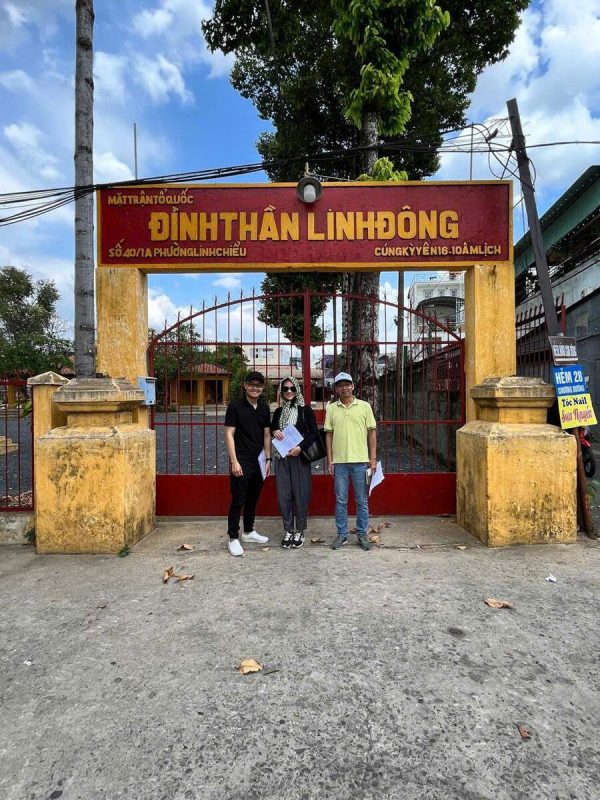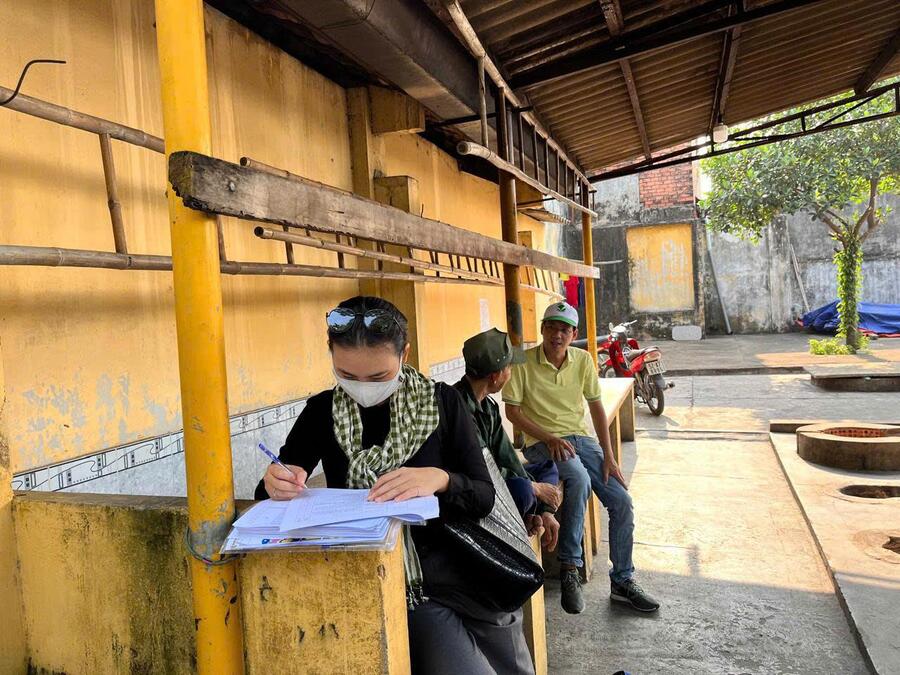To build a sustainable and effective tourism development strategy, the research team conducted an inventory, classification, and assessment of the tourism resource system in Thủ Đức City. This is an important step to gain an overall understanding of the area’s tourism potential, thereby determining a suitable direction to maximize the value of existing resources, enhance visitor experiences, and contribute to the city’s socio-economic development.
In the “Thủ Đức City Tourism Development Project for the period 2022 – 2025, vision to 2030,” the research team conducted field surveys and inventoried 50 tourist spots belonging to the main resource groups:
Cultural Resources
- War relics: Bót Dây Thép (Steel Wire Post), 6 Communes Base in the Marshes.
- Communal houses, temples, ancient tombs: An Phú Communal House, Bình Thọ Communal House, Linh Đông Communal House, Phong Phú Communal House, Ancient Tomb of Mr. Ngư Viên, Tomb of Village Founder Tạ Dương Minh…
- Prominent pagodas: Bửu Long Pagoda, Hội Sơn Pagoda, Nam Thiên Nhất Trụ Pagoda (Southern Sky One Pillar Pagoda), Minh Đăng Quang Buddhist Institute…
- Notable churches: Thủ Đức Church, Thủ Thiêm Church…
Natural Resources
- Saigon River: Potential for developing river tourism, cruises, and water wharves.
- Ecotourism areas: Long Đại Ecotourism Area, Song Long Tourism Area, Tam Đa Lotus Pond…
Man-made Resources
- Parks, amusement tourism areas: Suối Tiên Cultural Tourism Area, BCR Tourism Area, National History and Culture Park, Long Island Film Studio…
- Shopping and entertainment centers: Gigamall, Vincom Mega Mall Thảo Điền, Thiso Mall, Vincom Thủ Đức.
Below are some images of the expert team conducting fieldwork on tourism resources in Thủ Đức City.

The expert team conducts fieldwork at Linh Đông Communal House, Thủ Đức City.

The expert team consults with the management of Trường Thọ Communal House, Thủ Đức City.

The expert team meets and works with the leadership of Villa Sông, Thủ Đức City.
The inventory and assessment of tourism resources play a crucial role in local tourism planning and development. Specifically:
- Identifying Thủ Đức’s tourism potential: Thủ Đức possesses a rich system of resources, including historical-cultural relics, spiritual sites, natural resources, entertainment areas, and modern commercial centers. The assessment helps identify the strengths, weaknesses, and development opportunities for each type of tourism.
- Orienting the development of characteristic tourism products: Based on the inventory results, Thủ Đức can develop suitable tourism products such as ecotourism, cultural-spiritual tourism, shopping tourism, experiential tourism, etc.
- Creating a foundation for investment and conservation: With a detailed data system, investors can easily access information and find opportunities for tourism development cooperation. At the same time, resources of historical and cultural value are also better preserved, avoiding the risk of degradation or inefficient exploitation.
- Promoting and enhancing the tourism brand: Systematizing resources helps the city build effective communication strategies, attracting domestic and international tourists.
- Building a sustainable tourism development strategy: With detailed data from the inventory, managers can plan development policies for each stage, ensuring rational resource exploitation while preserving local cultural identity.
The inventory, classification, and assessment of Thủ Đức City’s tourism resources not only help clearly identify the locality’s advantages but also create a foundation for developing tourism in a more sustainable, professional, and effective manner. With abundant potential and a rational exploitation strategy, Thủ Đức can certainly become one of the attractive destinations in Ho Chi Minh City, attracting domestic and foreign tourists in the near future.



